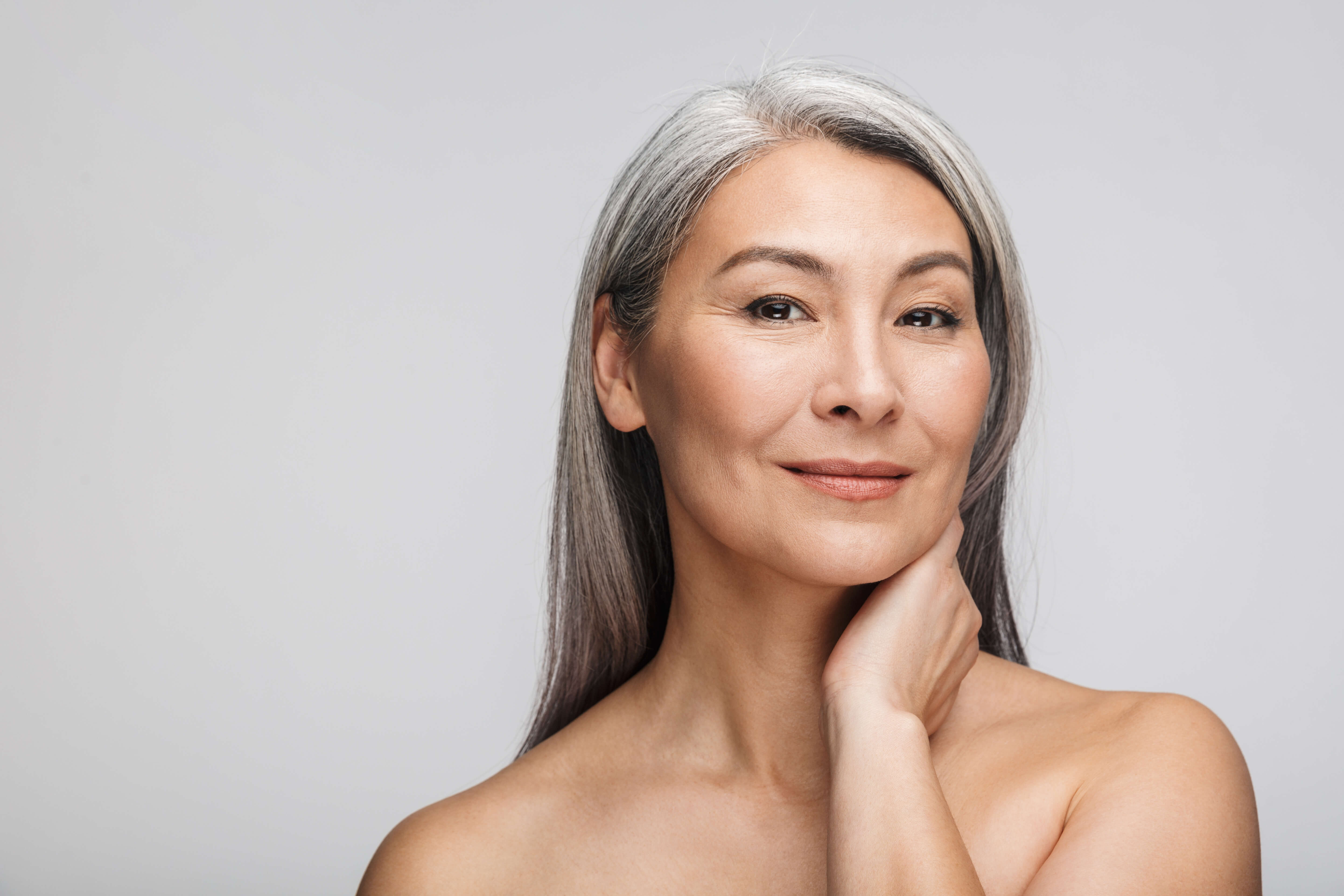What is Asian Eyelid Surgery (Double Eyelid Surgery)?
Asian eyelid surgery, commonly known as double eyelid surgery, is a specialized cosmetic procedure designed to create a natural-looking upper eyelid crease in individuals who were born without one, or to enhance an existing crease for better definition. This surgery is one of the most popular cosmetic procedures among East Asian patients since only about 30% of the Asian population have a naturally occurring lid crease that is well formed and symmetric. Many have either no lid crease, a very faint crease or multiple asymmetric lid creases.and can be tailored to each individual's unique anatomy and aesthetic goals.
What is the Procedure for Double Eyelid Surgery?
Double eyelid surgery involves creating a defined crease in the upper eyelid, which can give the eyes a more open, refreshed appearance. The goal is not to “Westernize” the eye, but rather to enhance its natural shape while maintaining ethnic harmony and individuality.
There are two main techniques used:
➊ Incisional method:
Best for patients with excess skin, fat, or muscle. This method allows for precise reshaping and permanent results.
➋ Non-incisional (suture) method:
A less invasive technique suitable for those with minimal excess skin or fat. Recovery is faster, but results may not be as long-lasting.
Dr. Maleki is highly experienced in performing both techniques and will determine the most appropriate approach based on your eyelid anatomy and preferences.
The height of the eyelid crease is an important part of any discussion of Asian blepharoplasty of Asian eyelid surgery. Depending on the shape of the face and the patient’s own preferences, Dr. Maleki will discuss various options for the eyelid crease position and shape. Generally, a more natural appearing Asian eyelid has a crease anywhere between 5 to 8 mm above the lash line and is more tapered. The higher the lid crease, the more rounded or “westernized” the look.
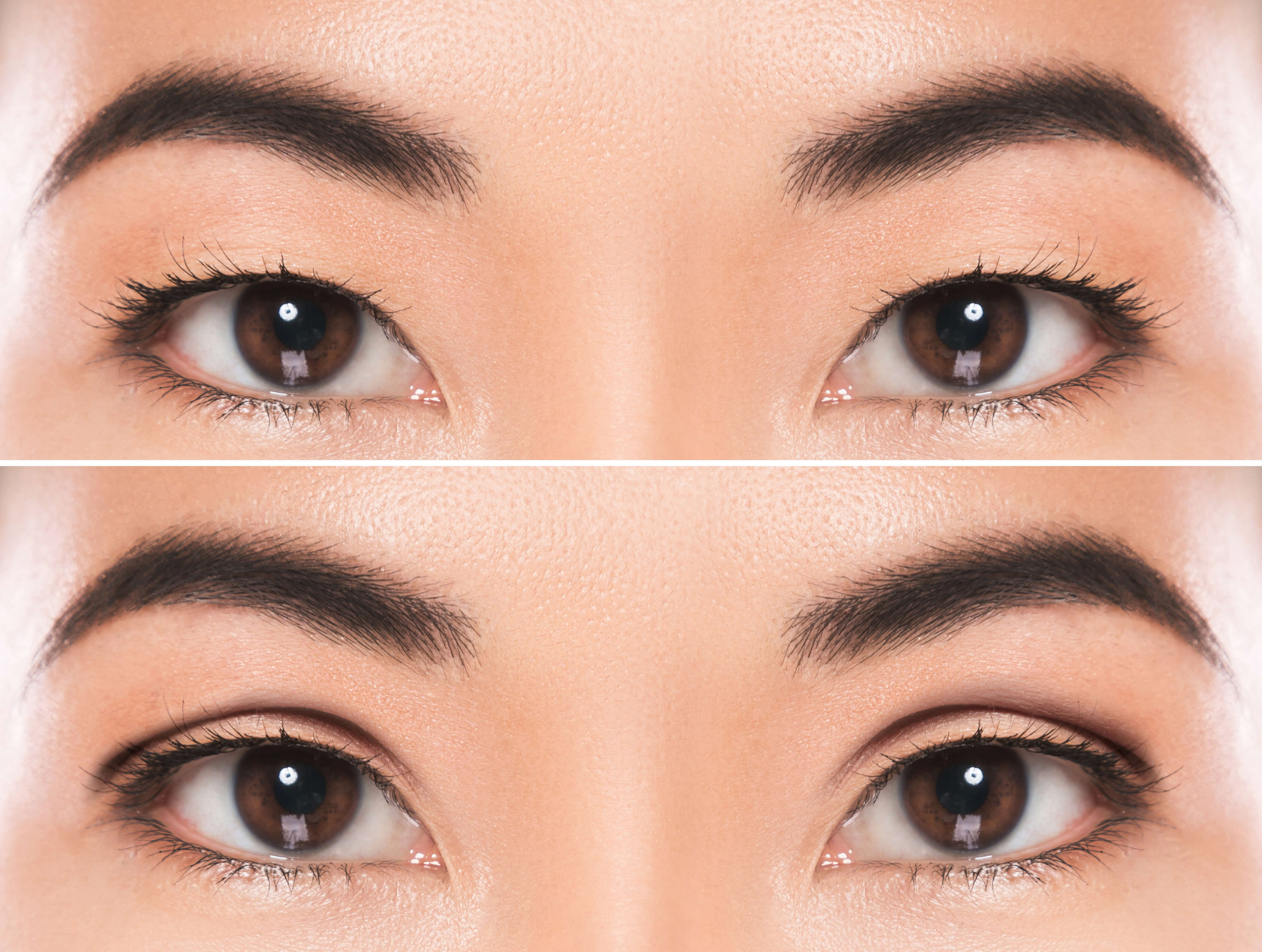
Who is a good candidate for Double Eyelid Surgery?
Ideal candidates for Asian eyelid surgery include individuals who:
- Have no visible upper eyelid crease
- Have asymmetrical eyelid creases
- Desire a more defined upper eyelid contour
- Are in good overall health and have realistic expectations
Patients seeking Asian blepharoplasty fall into two categories:
- Younger patients who only want a single symmetric eyelid crease (double eyelid)
- Older patients who want a single symmetric eyelid crease in addition to eyelid rejuvenation in the form of removal of excess skin and fat
Results and Recovery
Most patients experience mild swelling and bruising for the first 1–2 weeks following surgery. Sutures are typically removed within 7 days, and most people feel comfortable returning to work and social activities after 7-10 days. Full results become more visible as the eyelids heal and settle over several weeks.
Dr. Maleki takes great care to ensure that the final result looks natural, symmetrical, and in balance with the rest of the face.
Before/after Asian Eyelid Surgery
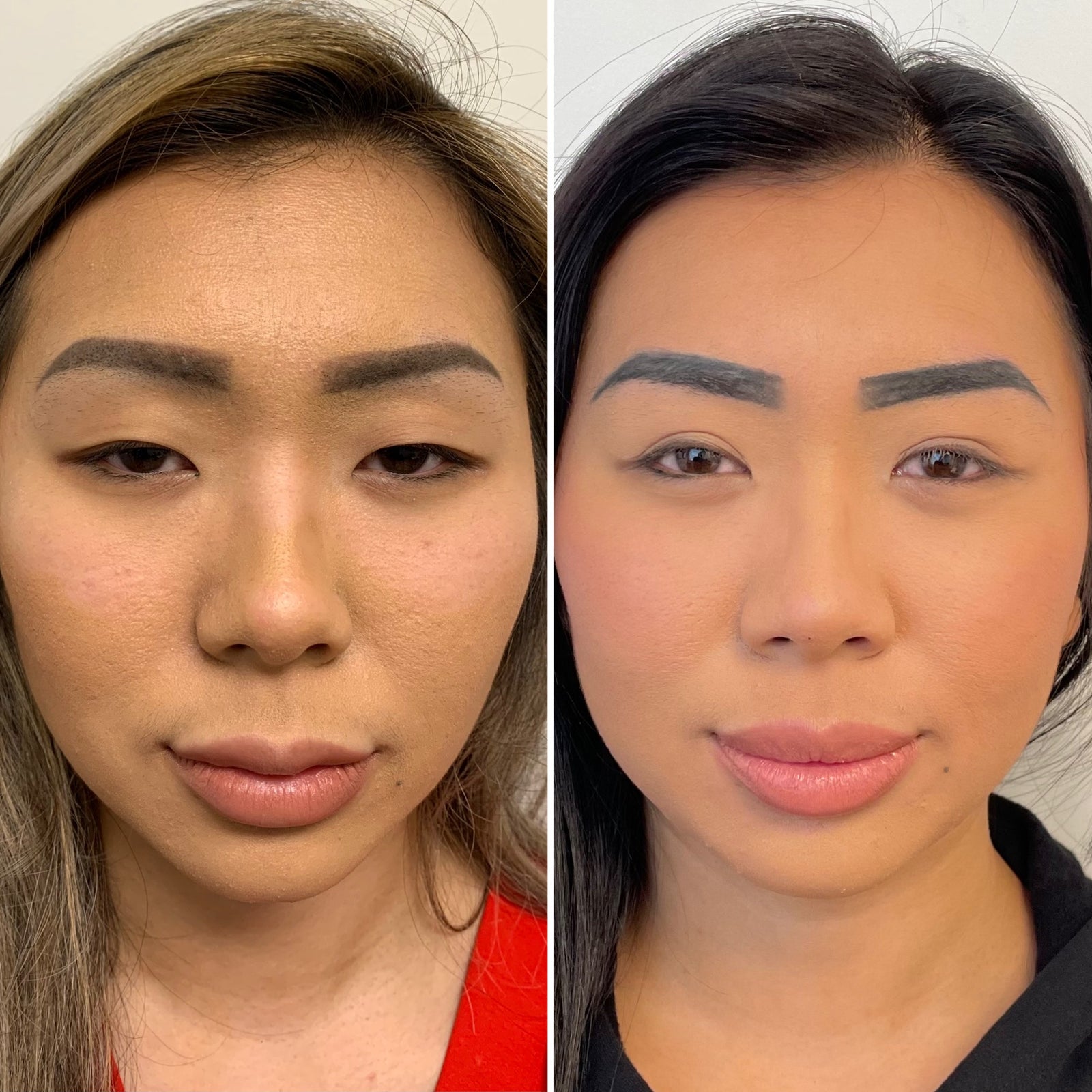
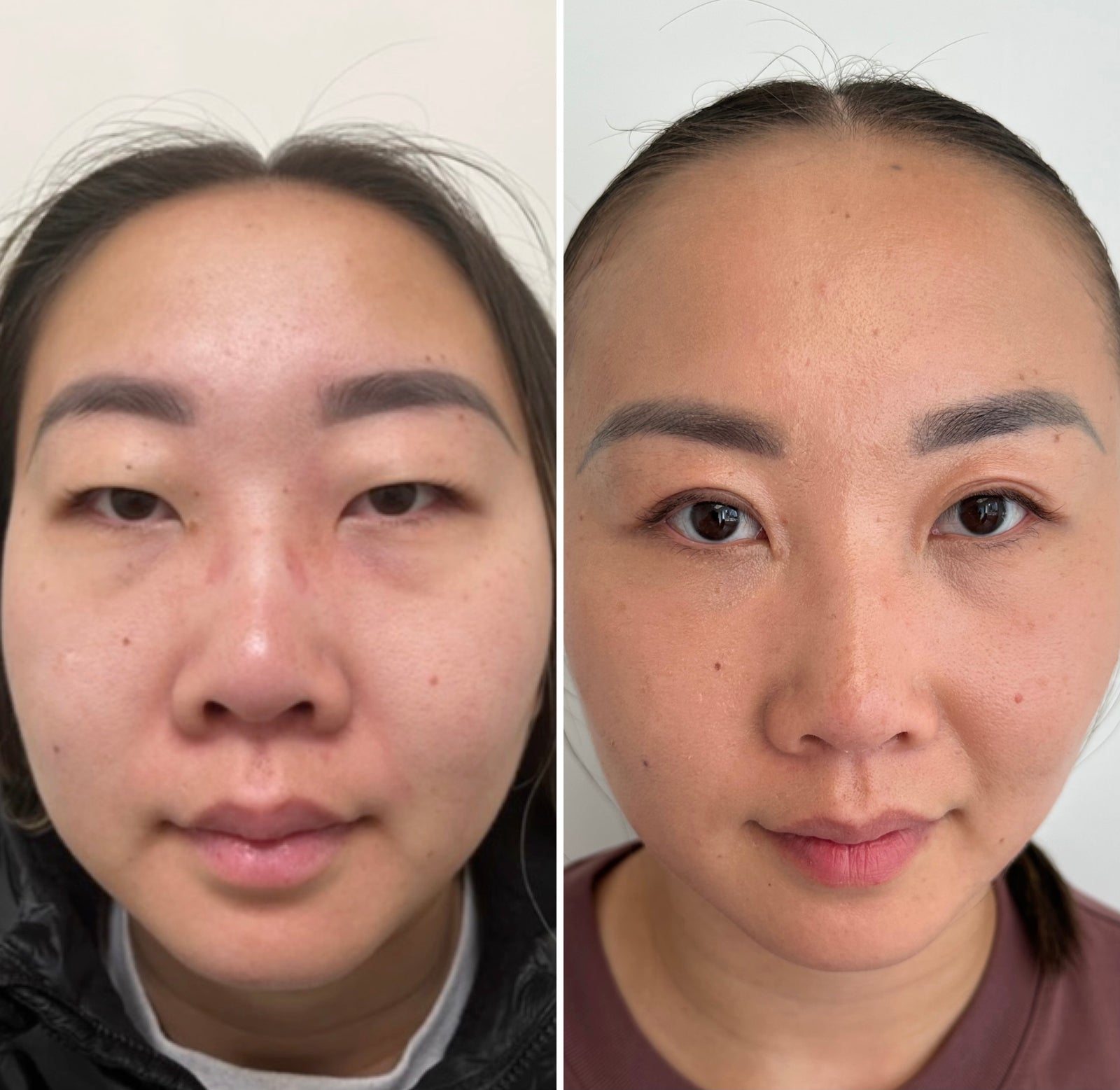
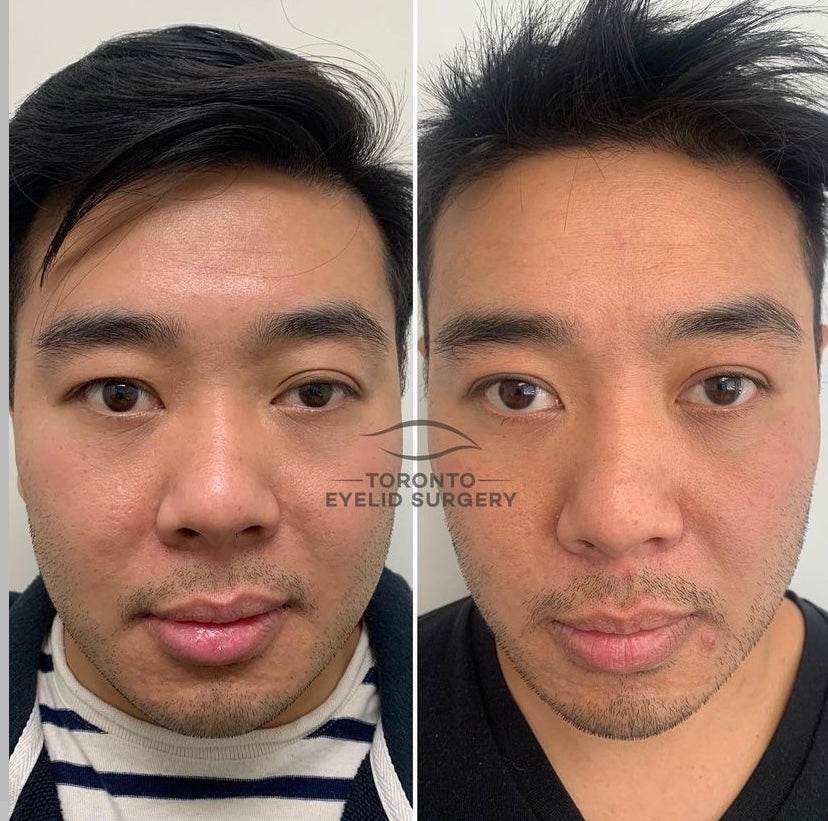
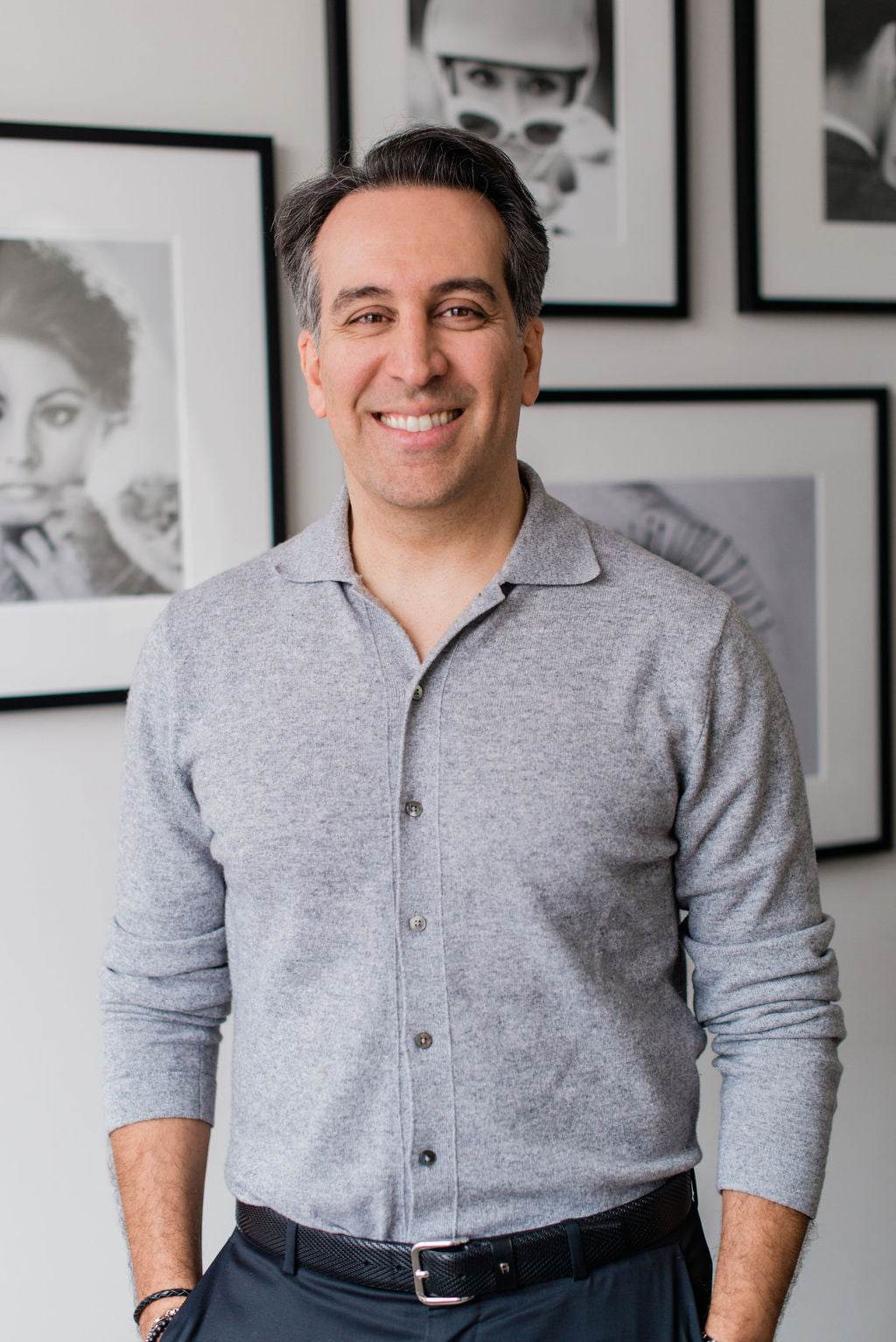
Why Choose Dr. Maleki for your Asian Eyelid Surgery?
As a fellowship-trained oculoplastic surgeon, Dr. Maleki specializes in the delicate anatomy of the eyelids and periorbital area. His extensive experience and understanding of ethnic eyelid nuances allow him to achieve results that are both technically sound and aesthetically pleasing. Every surgical plan is customized, with a focus on preserving your natural beauty and cultural identity.
With his comprehensive understanding of the natural Asian eyelid crease as well as the mastery of the surgical techniques required to create it, Dr. Maleki can also correct the unsatisfactory results of an Asian blepharoplasty done by another medical professional. For example, he can improve indefinite folds, uneven folds or unequal folds.


